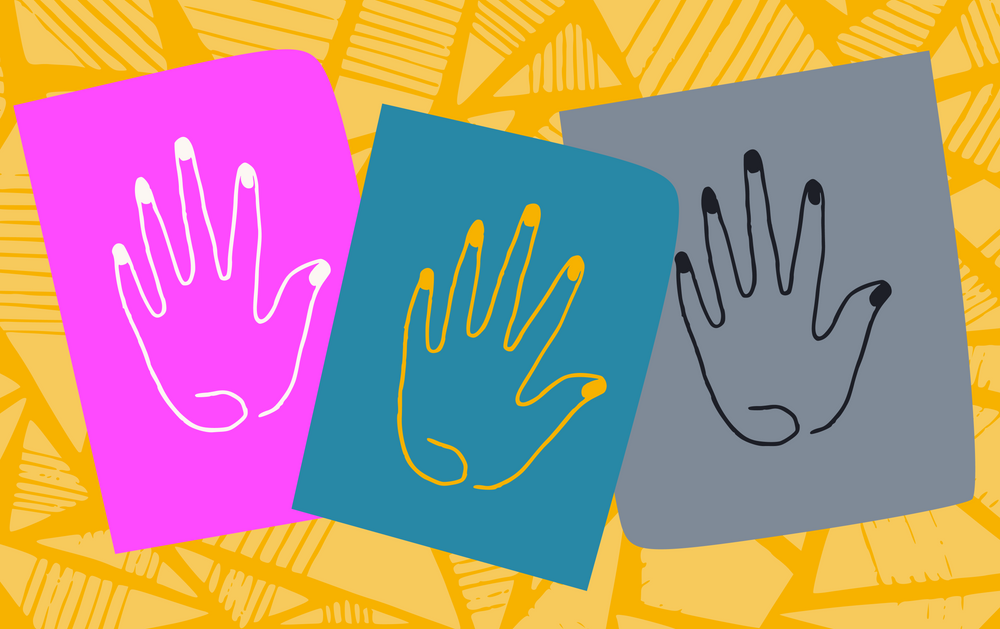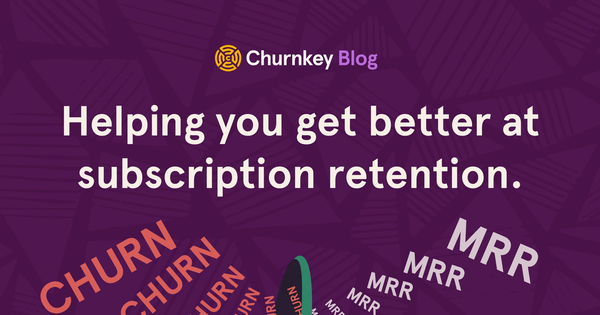"Churn" isn't a metric, it's people rejecting you—grow from it
The term churn is dehumanizing. What we’re really talking about when we talk about churn is rejection.

Inside subscription companies, we throw around the term “churn” too easily.
“Churn” is dehumanizing. It makes your customers sound like they’re robots or zombies; mindless automatons that can be controlled, experimented upon, dismissed and tracked.
We think that’s ridiculous. Because “churn” is an abstraction of something very real and concrete.
What we’re really talking about when we talk about churn is rejection.
Rejection is someone breaking up with you. Saying they dislike your favorite music. Turning down an offer to get lunch. Not responding to your texts.
Rejection is painful. It’s unpleasant and uncomfortable and makes our human brains respond like we’re enduring physical pain.
Literally. In multiple studies, MRI scans revealed that social rejection and physical pain stimulate brain activity in the same area. In other words, we’ve evolved to experience rejection in the same way we feel physical pain. This affects our mood, outlook, and sense of self-worth. It can cause us to lash out at ourselves or create scapegoats.
So what do we do when people reject our products? The focus of our time, hard work, dedication, and livelihoods?
We abstract the pain. We call it churn. And when we abstract things in the context of discomfort, we can extract all the wrong conclusions while behaving in ways that aren’t constructive:
- Hide from the problem. Don’t talk about it, don’t think about it, don’t seek out anything about it. You block yourself off from the effects of the unpleasantness. You stop yourself from facing it and learning from it.
- Dismiss the problem. This is different than hiding from it. It’s belittling it and diminishing it.
- Focus so much on the problem at the expense of everything else. Sometimes, the problem is so vast that it feels like we’re screaming into the void, or facing a reality that’s completely irreconcilable. So we fixate on it and allow it to overwhelm our capacity for problem solving.
- Find an unrelated cause of the problem. Direct blame in its direction. It's the classic scapegoat phenomenon.
Taking critical feedback in the chin is an exercise in being vulnerable. I've experienced this in a very personal, acute way: writing science fiction.
On the side, I write novels and short stories. I’ve had the honor of learning from some of the best writers in the field in intensive workshops. In these workshops, you submit your writing to the group, then sit back in silence while everybody critiques your work.
At first, it was incredibly humbling, even embarrassing. It could drive me to anger, hopelessness, depression. I was being told, in very pointed ways, how my skills weren’t good enough to produce good stories.
Over time, receiving these notes, sitting in these sessions, and submitting fresh stories, made me interrogate my work with a more keen eye. It made me more resilient and, in the end, made me a better writer.
Rejection is a signal that you can do better
When people tell you they don’t want your product anymore, it’s a net positive. Rejection is a signal that you can do better, a reminder of why you're working on this product.
Here are some signals in the rejection we've found useful:
- Didn’t meet a customer's expectations or needs: can signal a disconnect between marketing, sales, positioning, and your product itself. Somewhere along the way, what you promised didn’t deliver.
- It’s just too expensive: can signal that either your pricing model needs to be adjusted or clarified, or that you're asking the wrong people to become customers.
- Found a better alternative than what we're offering: this can signal that your competitors are outperforming you in certain aspects, which provides you with the opportunity to learn and adapt to remain competitive. It doesn't mean you should get out your copy machine and get to work. Instead, it means you should reexamine your unique take on the problem you're solving and how your product expresses that opinion to the world.
- Not a good fit anymore: can signal that your product is not able to evolve and grow alongside your customers' changing needs. This is also one of the best things you can hear! It means that you’ve helped your customer along their journey and they’ve gotten value out of your product. Not every customer is going to stay with you for the entirety of their existence. That’s okay. It’s healthy.
Critical feedback on the things we care about can hurt. But collect enough signals from the people who are using your product and you become more empathic. You get closer to the emotions and reasoning that drives their decision making.
Rejection is an opportunity to improve
People cancelling their subscription to your product are giving you a precious gift: raw, unfiltered feedback that you can use to improve for future customers.
But it’s also a chance to strike a new balance with the customers rejecting you. Maybe you can fix the problem right there. Show them something they overlooked (and you didn't communicate well), or have empathy for their current situation and take action so they’re no longer in a state of discomfort.
Or maybe you can ask them for time while you study their feedback and make improvements to keep their loyalty.
But maybe rejection you can’t fix or cajole or delay is just what you need: someone saying “no” to what you offer.
This is healthy. People should feel the whole spectrum of emotion, not just the good stuff.
Because we're people, not churn.



